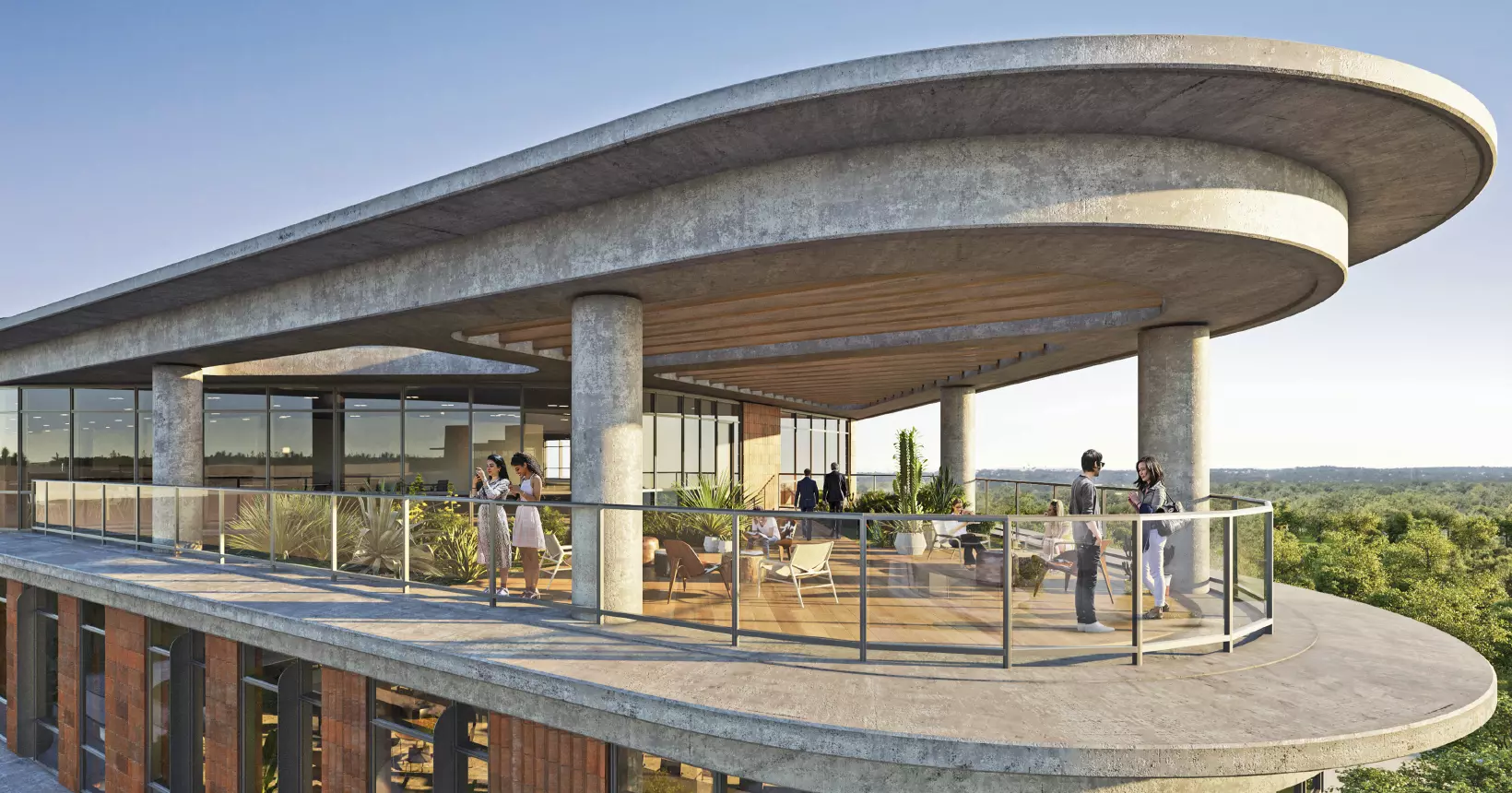For companies that don’t get hybrid “right,” the stakes are high. They risk hemorrhaging talent amid this moment of low unemployment and high job demand. They also risk not attracting the type of future hires who will help their firms grow.
But this is not a moment for panic; it’s a time to reimagine the workplace, from physical buildings to ongoing learning to the interactions that help workers thrive — all enabled by technology.
As organizations look to formalize a hybrid model that works best for them, the most successful are operating much like entrepreneurs: testing out ideas and spaces, redesigning the hiring process, and listening to employees’ concerns and needs.
Why the office
Recent studies have shown that 61% of employees want to work from home three days a week. But still, many are itching to see their colleagues in real life. Research has also shown that 87% of workers feel that the office is critically important for building a sense of community and collaboration. “People miss those informal chats with coworkers,” says Tammy Allen, a professor of industrial-organizational psychology at the University of South Florida. “They want to come to the office not just to get a break from the kids, but to have those human connections.” As Molly Fischer wrote in New York magazine, “I miss ducking into empty conference rooms to debrief. I miss being told to shut the door.”
But not everyone is going to get what they want all the time. An employee who has a large house, a home office, and doesn’t lament their hour-and-a-half commute might feel differently about what they need from the office than someone who is working from their bed or living room sofa in a small space or has multiple roommates or children.
A Gen Z employee who started their job remotely might not want to go into the office ever because they enjoy the flexibility, while a midcareer employee might be missing the ability to get work done in a focused environment free of leaf blowers and Amazon deliveries, as well as their office culture and work friends. “We make a lot of assumptions about what ‘home’ is for people,” says Lisa Finkelstein, a professor of social and industrial organizational psychology at Northern Illinois University, “but there are so many variables.”
The key is to optimize the office so it nurtures, engages, and is fluid and flexible. Successful hybrid offices need to create a culture where remote and in-person workers don’t operate within a two-tier system, where those who get in-person time are first class citizens while those working from home are considered to be literally “phoning it in.”
To get to that sweet spot of productivity and a sense of belonging, leaders need to arrange their hybrid workforce so that the office doesn’t mimic the work-from-home experience. “We want people to feel like a commute is worthwhile, that it provides enjoyable connections with coworkers,” Allen says.
Thought has to go into why leaders are bringing people into the office, what they hope will happen during those in-person days, and what the markers of success should be. Employees are increasingly saying that the office is the preferred space for all sorts of work and tasks, including collaboration and deep thinking. Before teams come in, there should be a plan for what activities they are doing together.











